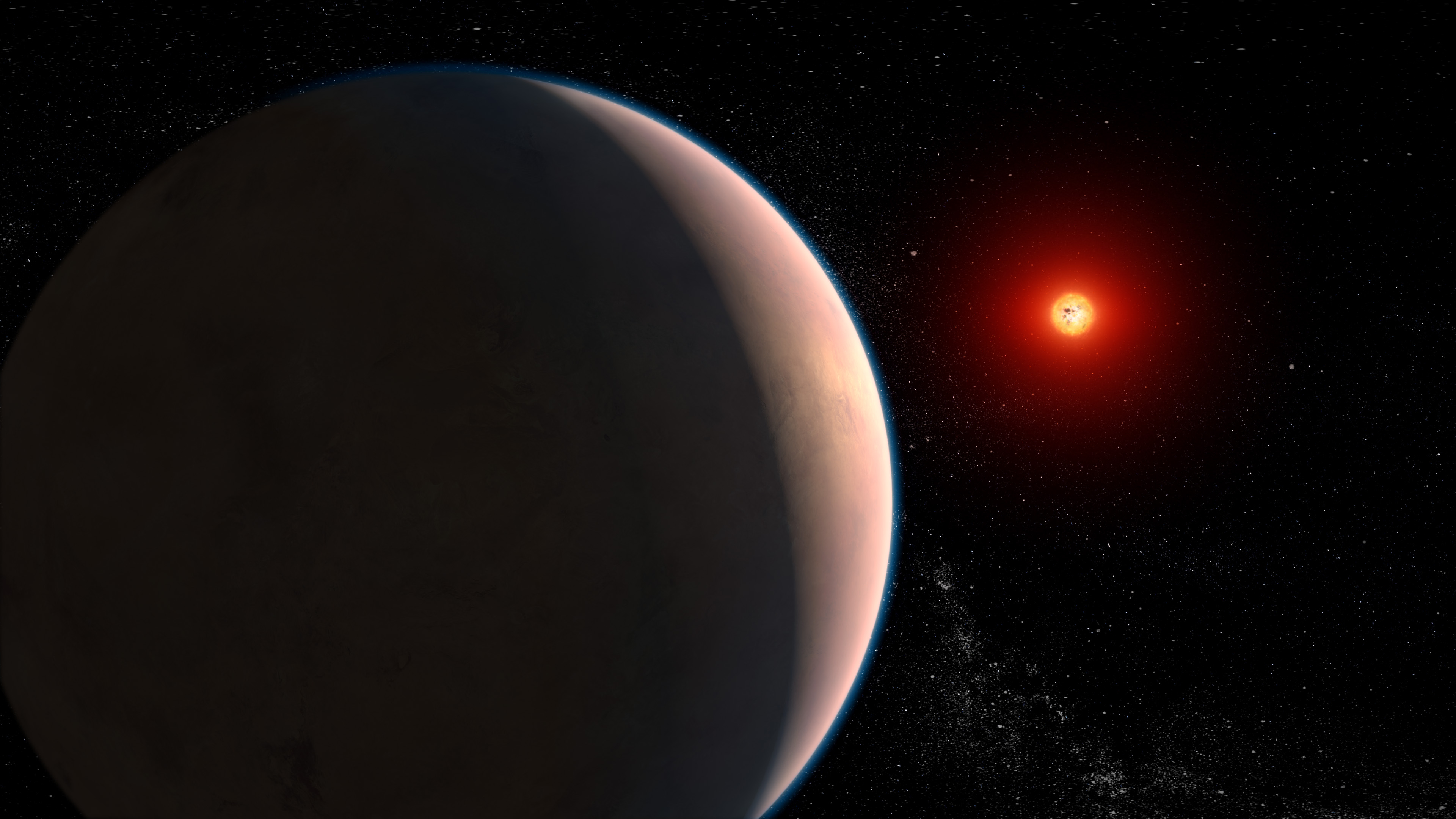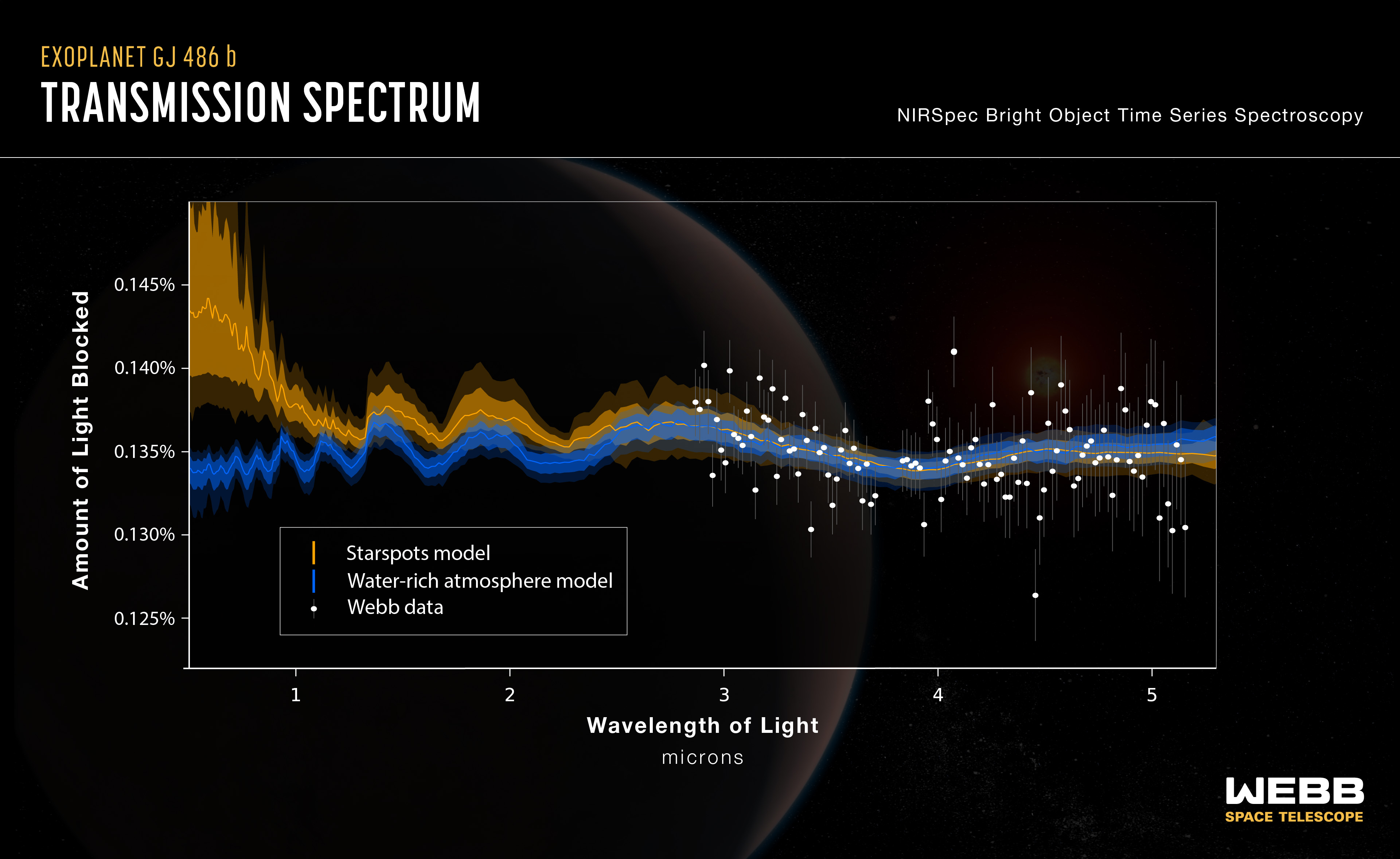
The latest science reports and imagery from NASA reveal that the James Webb Space Telescope (JWST) might have stumbled onto something very interesting during a galactic treasure hunt. Solar system scientists took the telescope for a spin in the main asteroid belt, and what they didn't find was as perplexing as what they did.
According to NASA, the presence of water vapor on the comet known as 238P/Read is usually a cosmic clue into the origins of Earth's ancient water source and how it got there. However, Read seems to be one of the only comets that are missing carbon dioxide, as detected by the NIRCam, which is another mystery in itself.
• Take a look at the best cameras for astrophotography!
The James Webb Telescope's NIRSpec (Near-Infrared Spectrograph) instrument, as well as the NIRCam (Near-Infrared Camera) instrument have been used by solar system scientists in studying the origins of Earth’s abundant water - and detected a mystery in the form of a Rare Main Belt Cometthat contained water vapor!
Although, rather unusually, carbon dioxide was missing from the spectrum of possible chemical compounds comprising this comet (referred to as Comet 238P/Read) which was discovered in 2005, and is situated within the main asteroid belt. Don't worry, it's safe enough away from our Earth to not be a threat, as its orbit brings it closer to the sun than Jupiter.
The image below is able to communicate a lot of data to scientists and researchers, but it primarily indicates that water ice from the primordial (early) solar system is able to be preserved in that specific region within the asteroid belt.

As for the lack of carbon dioxide, NASA says there are two plausible explanations. Firstly, Comet Read may have had carbon dioxide when it originally formed, but has since lost it because of warmer temperatures from being in the asteroid belt for an extended time.
Secondly, scientists propose that Comet Read may have formed in an especially warm area of the solar system, where there would be no carbon dioxide available due to the fact that it vaporizes much more easily than water ice does.
So why is this such a big deal? it's just a comet, right?
"Understanding the history of water distribution in the solar system will help us to understand other planetary systems, and if they could be on their way to hosting an Earth-like planet,” shares Stefanie Milam, Webb deputy project scientist for planetary science.
"Our water-soaked world, teeming with life and unique in the universe as far as we know, is something of a mystery – we’re not sure how all this water got here," she explains.

In other NASA news, JWST also found another unusual trace of water vapor last month on a rocky exoplanet known as GJ 486 b. This planet is said to be 30% larger than our Earth and three times as massive, plus, it's also pretty closely orbited around its red dwarf star, meaning that it's very much inhabitable given the surface temperature of around 800 degrees Fahrenheit (430 degrees Celsius).
Webb's observations from the NIRSpec instrument show traces of water vapor on this scorching hot exoplanet, so how is this possible? Astronomers believe that the rocky planet would have likely had its atmosphere depleted by x-ray radiation and ultraviolet rays that have been emitted from the red dwarf star of which the planet snuggly orbits.

However, the small presence of water vapor suggests that the rocky exoplanet might still have an atmosphere if the water is associated with it. Although, it's also unclear if the water vapor could actually be on the star itself in what's referred to as cool starspots, and not actually from the planet at all.
“Water vapor in an atmosphere on a hot rocky planet would represent a major breakthrough for exoplanet science. But we must be careful and make sure that the star is not the culprit,” shares principal investigator Kevin Stevenson from the Johns Hopkins University Applied Physics Laboratory in Laurel, Maryland.
For more updates on what's happening in the universe, and if you want to keep up with the latest image releases, head over to the James Webb Space Telescope gallery, where you can see all of Webb's first images and learn more about what they depict. NASA will be launching new images at least every other week.
• You might also be interested in the best lenses for astrophotography, as well as the best astrophotography software, and not forgetting the best CCD cameras for astrophotography and the best light pollution filters for night photography.







